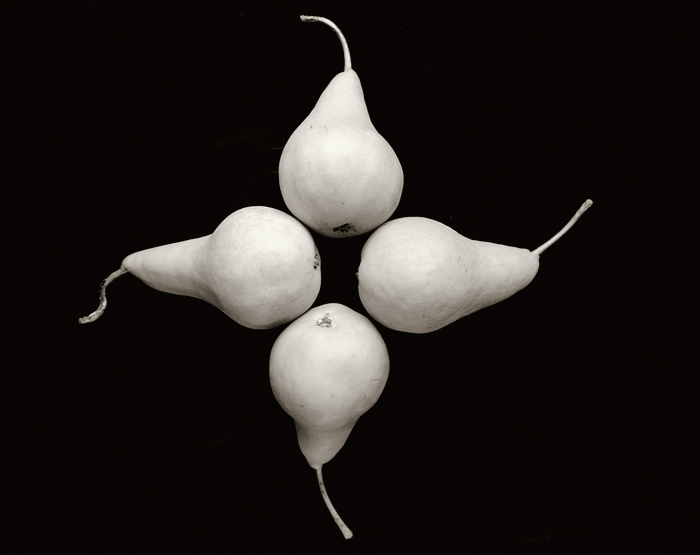dfoo
Well-known
I was looking over Dan Burkholder's website where he talks about his book "Making digital negatives for contact printing". Have any of you guys ever tried this? What did you use for the transparency film?
I was looking over Dan Burkholder's website where he talks about his book "Making digital negatives for contact printing". Have any of you guys ever tried this? What did you use for the transparency film?

I was just trying this on some 3M inkjet transparency paper. For my experiment I was printing 5x4 negatives. First I just took what was a decent print on paper, inverted it and printed onto the transparency. At this point I don't care if the contact printed image isn't the greatest, since I can play with the contrast and so forth after I get the basic process down. The negative is, in short, terrible. The ink has settled into blobs on the transparency. I printed on the rough side of the transparency, I tried the smooth side, and the ink ran like crazy. Looking at the negative tells me the contact print would suck. For the paper type I tried both ultra premium matte and glossy. The glossy print is better than the matte; the ink blobs are smaller, but still obviously blobs.
Is my problem the paper type, the inks, or is this transparency just garbage and I should look to get something decent like Pictorico?
I just couldn't get the dots-per-inch resolution that I could with continuous film.
perhaps because continuous tone film has NO dots per inch...(be definition)
From a cursory inspection of the prints, the highlights look excellent in the print, but the darker parts are way too dark!
I just started looking at the wet prints... they suck. They look grainy and terrible. Looking at the negative again I'm not really surprised. The 3M inkjet transparency printing surface is rough and grainy, so its hardly a shock that anything printed on it is rough and grainy. Is the pictorio (or even better the Arista substitute) better?

